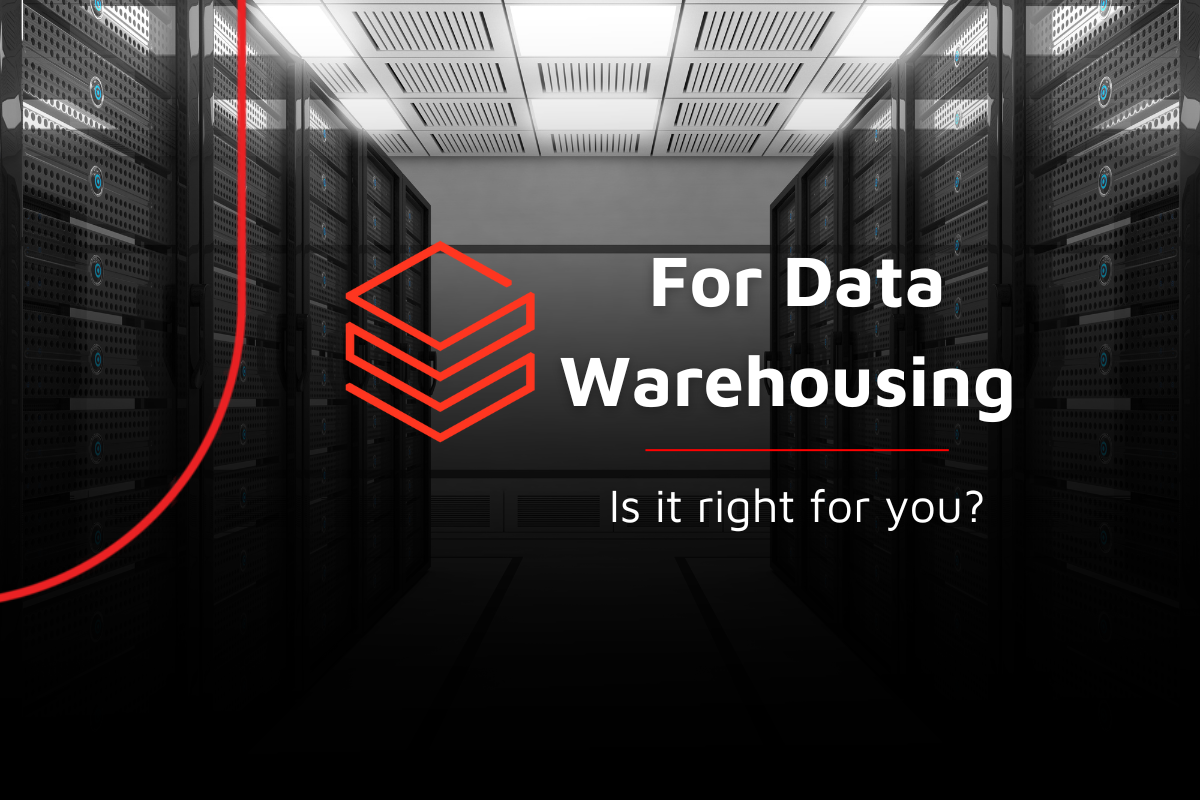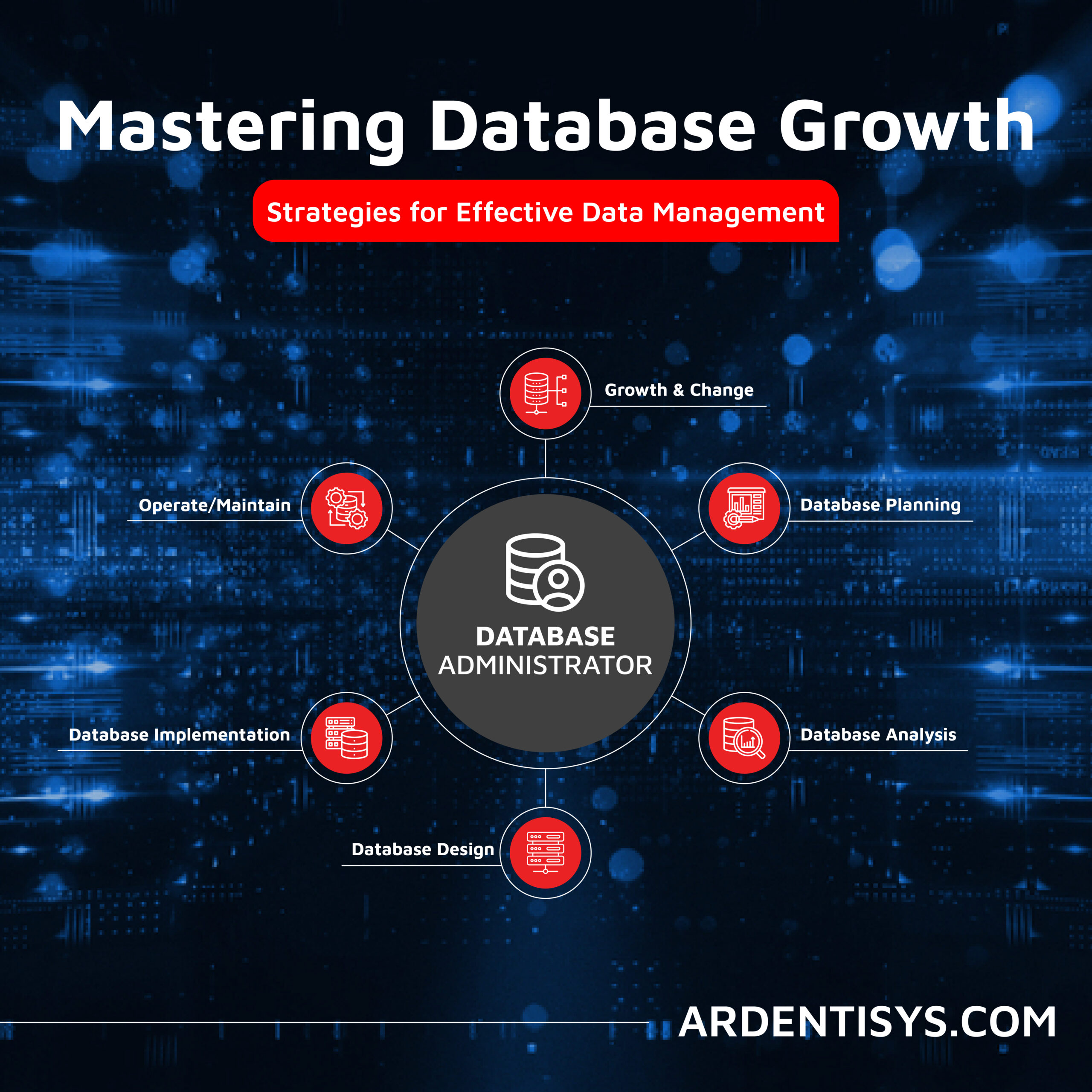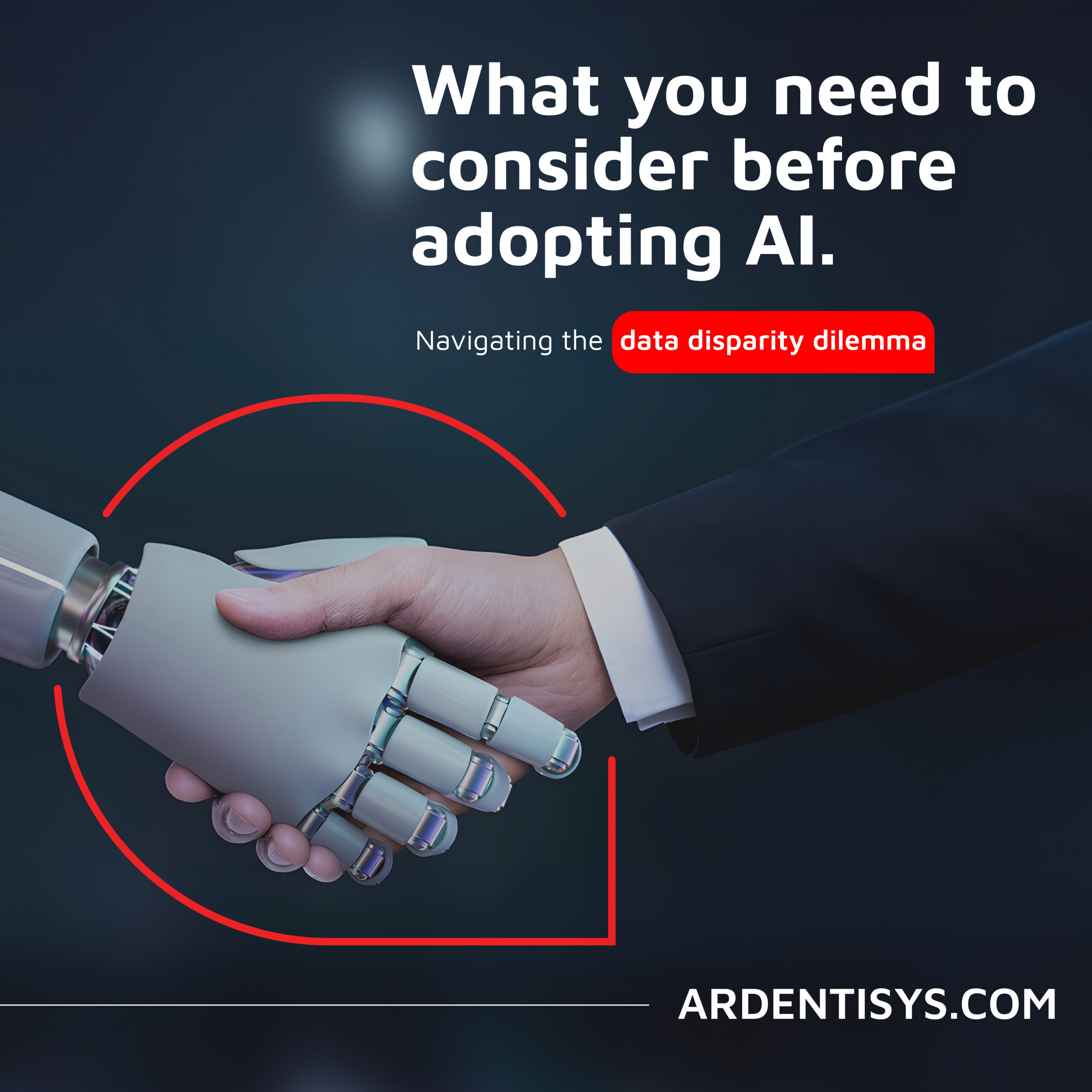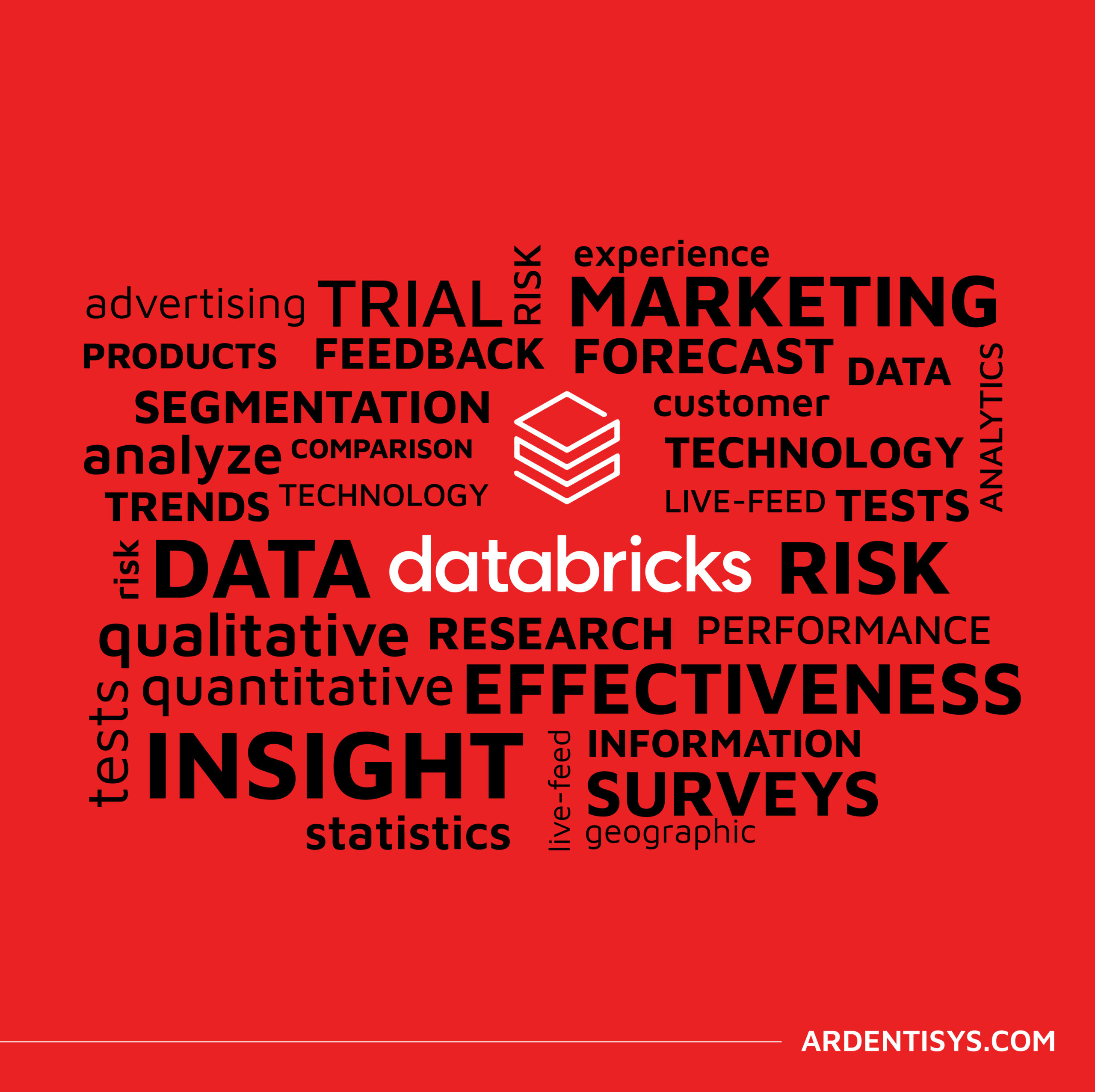Using Databricks for data warehousing
14 March 2023 | Noor Khan

Managing your data can be a complex task, and deciding on what technology to use for your data warehousing needs is a business-critical choice; the technology needs to meet your existing needs, but also be flexible, adaptable, and scalable for future developments.
Databricks is a service which takes elements of data warehouses and data lakes and combines them into a single platform. Using a cloud platform, and a common security and governance approach for all data types on an open foundation, the platform is highly rated for data science platforms and streaming analytics tools.
Read about how a Data Warehouse, Database, Data Mart and Data Lake work together.
How to manage clusters on Databricks
When using Databricks for data warehousing, a cluster is the set of computation resources and the configurations that you use for data engineering, data science, and handling data analytic workloads. These are set as commands in a notebook or developed as an automated process/job.
The cluster management system has functions for:
- Display
- Editing
- Starting and stopping
- Deleting
- Managing access
- Monitoring performance
The workspace has functions for viewing all created clusters, ‘pinning’ a cluster (up to 100 clusters may be pinned), viewing, cloning, editing, and manual or automatic termination of clusters from the list.
Clusters can be optimised in a self-service fashion, which allows introductory-level DevOps teams to learn and adapt to the zero management Apache Spark features, and innovate through the open-source infrastructure.
The key benefits of using Databricks
There are pros and cons to using Databricks and it is often cited as being reliable, easy to set up, and suitable for users at different levels of skills in data engineering and analytical machine learning.
Some of the most commonly recommended reasons for using Databricks include:
Recall of deleted materials - The program allows for cluster configuration to be retained for up to 200 all-purpose clusters that have been terminated in the last 30 days, and up to 30 clusters which have been recently terminated by the scheduler – which allows users the ability to retrieve and recover data from unfinished jobs.
Improved data reporting times – The Databricks platform allows for large amounts of data to be processed each hour and can see much faster data reporting times compared to other platforms.
Provides an integrated workspace – The collaborative environment of the program streamlines processes, allows for interactive creation of dynamic reports, and allows for teams to use the space and interact with the data simultaneously.
Works with Agile processes – Because Databricks has been designed for ease of access and use, and allows for multiple tasks to be created and developed through the notebook environment, the platform works well with Agile data science processes.
Challenges related to using Databricks
Although the system is robust and suitable for a wide range of users, the platform may not suit everyone. Some of the cons reported when using Databricks include:
Clusters do not report activity from DStreams – This can pose a problem if the auto-termination option has been activated, as clusters could be terminated whilst running DStreams, and would require the operator to turn off auto-termination for those that are using DStream or switch to operating a Structured Streaming approach.
Runnable code is in Notebook format – Because of the way Databricks functions, code is created and modified in notebooks, which may not be production friendly, and require specific training to utilise effectively.
No desktop integration – The Databricks program does not have a desktop integration and has to be operated from their webpage.
Does not integrate with all cloud platforms – There are options to integrate accounts (such as AWS and Azure) but the platform does not offer support for all programs.
What type of data is Databricks ideal for?
The flexibility in Databricks allows for both structured and unstructured data, as well as semi-structured data, such as images, audio, documents, and video files. Databricks is largely used for building, testing, and deploying applications and for analytics, and does allow for unstructured data to be ingested into the lake house with a scalable auto-loader.
The tools allow for ETL (Extract, Transform, and Load) experiences and make use of Apache Spark to handle the processes.
Some of the data formats that can be handled by the platform include:
- CSV
- JSON
- XML
- Parquet
- Delta Lake
Alternatives to Databricks
Databricks for data warehousing is not the only option, other popular alternatives offering a similar service (either as a data warehouse or a data lake) include:
Amazon Web Services (AWS) – This platform is considered to require more technical knowledge than Databricks, but it also has an enormous selection of services and functionality, which also allows the platform to integrate with different cloud-based programs.
Microsoft Azure – Azure has many different elements, and the Azure Synapse program is comparable in that it integrates analytical services for data warehousing and operating on a single platform.
The Azure service is backed up by a large knowledge base, scalable functionality, and also allows for more complex products to be created at scale.
Considerations when choosing data engineering technologies
When making your technological decisions, it is important to consider not only your immediate needs and requirements, but also those that will come – and whether the platform has the flexibility, scalability, and adaptability to cope with changing processes, coding languages, and operations.
It is important that you are working with a team that understands and is comfortable using the platform, and the coding language/s that are required for the tasks.
Databricks does offer a fast, cost-effective and scalable solution, and allows for teams to collaborate on the platform. If you need advice or assistance in determining whether this platform is suitable for your needs, we are happy to provide help.
Databricks for data warehousing with Ardent
At Ardent, we have leveraged Databricks and many other innovative technologies to deliver excellence to our clients. Whether you have a preferred technology stack or would need recommendations based on your specific data warehousing needs, we have the expertise to help. Our data engineers are proficient in world-leading data warehousing technologies to deliver our data warehousing solutions. Discover how our clients are succeeding in our collection of big data success stories for 2023.
Ardent Insights

Overcoming Data Administration Challenges and Strategies for Effective Data Management
Businesses face significant challenges to continuously manage and optimise their databases, extract valuable information from them, and then to share and report the insights gained from ongoing analysis of the data. As data continues to grow exponentially, they must address key issues to unlock the full potential of their data asset across the whole business. [...]

Are you considering AI adoption? We summarise our learnings, do’s and don’ts from our engagements with leading clients.
How Ardent can help you prepare your data for AI success Data is at the core of any business striving to adopt AI. It has become the lifeblood of enterprises, powering insights and innovations that drive better decision making and competitive advantages. As the amount of data generated proliferates across many sectors, the allure of [...]

Why the Market Research sector is taking note of Databricks Data Lakehouse.
Overcoming Market Research Challenges For Market Research agencies, Organisations and Brands exploring insights across markets and customers, the traditional research model of bidding for a blend of large-scale qualitative and quantitative data collection processes is losing appeal to a more value-driven, granular, real-time targeted approach to understanding consumer behaviour, more regular insights engagement and more [...]






